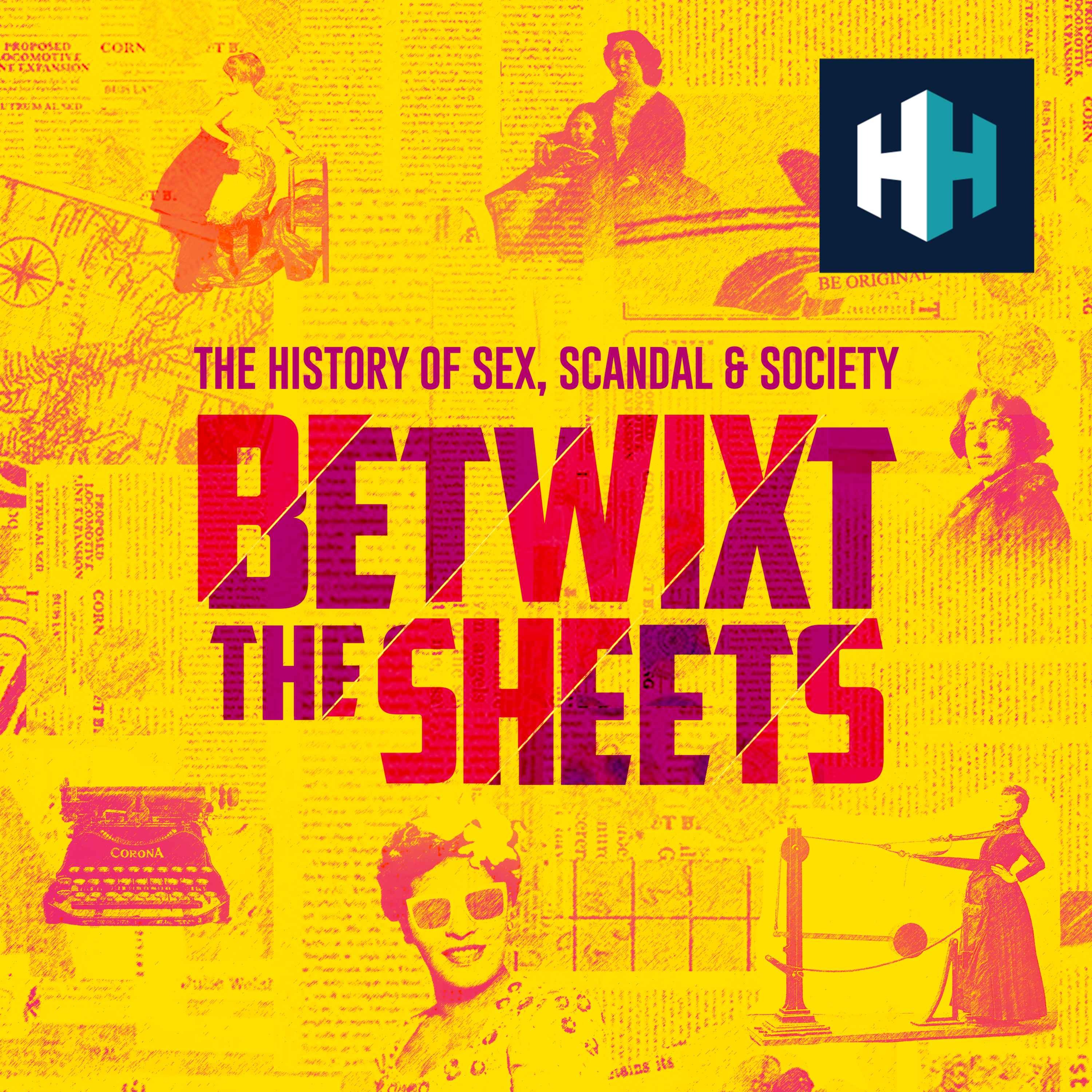
Sex Life & Scandal of Charles Dickens

Betwixt The Sheets: The History of Sex, Scandal & Society
Deep Dive
Why did Charles Dickens have a complicated relationship with women?
Dickens' relationship with women was influenced by his difficult childhood, particularly his mother's decision to take him out of school and send him to work in a blacking factory at age 12. This experience sowed resentment towards his mother, which affected his views on women and relationships.
What kind of women did Charles Dickens depict in his novels?
Dickens depicted women in three categories: prepubescent girls, unattainable sexual objects like Estella, and grotesque characters who were either evil or funny. These depictions were often influenced by his personal experiences and relationships with women.
How did Charles Dickens' relationship with his wife Catherine end?
Dickens and Catherine's relationship deteriorated over time. He built a bookcase wall to physically separate them and later tried to have her committed to a mental institution. They separated in 1857, and she never saw him again.
What role did Ellen Ternan play in Charles Dickens' life?
Ellen Ternan was an actress with whom Dickens had a long-term affair. Despite her reluctance to be his mistress, she became involved with him and later erased the 12 years they spent together from her life.
How did Charles Dickens' childhood experiences shape his writing?
Dickens' childhood, including working in a rat-infested blacking factory and witnessing the harsh realities of Victorian London, deeply influenced his writing. Many of his characters and stories were inspired by the people and situations he encountered during this time.
Why did Charles Dickens create the character of Miss Havisham?
Miss Havisham was created as an agent of revenge for Dickens, representing his feelings of betrayal and heartbreak. Her character embodies the destructive nature of unrequited love and the pain Dickens felt in his own relationships.
What was Charles Dickens' attitude towards women in his personal life?
Dickens had a complex attitude towards women, influenced by his mother's lack of affection and his experiences with various women. He was both a lover of women and took revenge on them through his literary characters, often depicting them as grotesque or unattainable.
How did Charles Dickens' views on women influence his charitable work?
Dickens founded Urania Cottage, a home for fallen women, to rehabilitate them and teach them skills like piano playing. However, he expected these women to be penitent and remorseful, and his efforts were limited by his moral expectations.
What was the impact of Charles Dickens' fame on his personal life?
Dickens' fame made him a celebrity, akin to the Beatles, with people often watching his every move. This level of attention was overwhelming for him, and it contributed to his desire for privacy and his complicated relationships.
How did Charles Dickens depict sex in his novels?
Dickens depicted sex indirectly, focusing on the emotional and psychological aspects of relationships rather than explicit physical descriptions. Characters like Nancy and Miss Wade show a nuanced portrayal of sexual desire and relationships.
- Dickens's early exposure to poverty and cruelty in Victorian Britain
- The profound impact of his parents' decision to take him out of school to work
- His feelings of resentment toward his mother
- The influence of his experiences on his writing
Shownotes Transcript
Like it or not, there's no escaping Charles Dickens at this time of year.
But who was the man behind classics such as A Tale of Two Cities, Oliver Twist and of course, A Christmas Carol?
His life is as rich as many of the characters' stories in one of his books, including a brutal Victorian upbringing and rumours of sex and scandal.
Joining us in this re-run to explore the controversy of the man is Charles Dickens super-fan Miriam Margolyes - a national treasure in her own right.
Having written and starred in the play, Dickens Women, Miriam knows better than most the complicated relationships he had in his life: from his mother who took him out of school to work in a rat-infested blacking factory aged 12, to his wife whom he had a bookcase wall built to separate her from him.
This episode was edited and produced by Stuart Beckwith. The senior producer was Charlotte Long.
All music from Epidemic Sounds/All3 Media.
Sign up to History Hit for hundreds of hours of original documentaries, with a new release every week and ad-free podcasts. Sign up at https://www.historyhit.com/subscribe).
You can take part in our listener survey__ here__).
Betwixt the Sheets: History of Sex, Scandal & Society is a History Hit podcast.